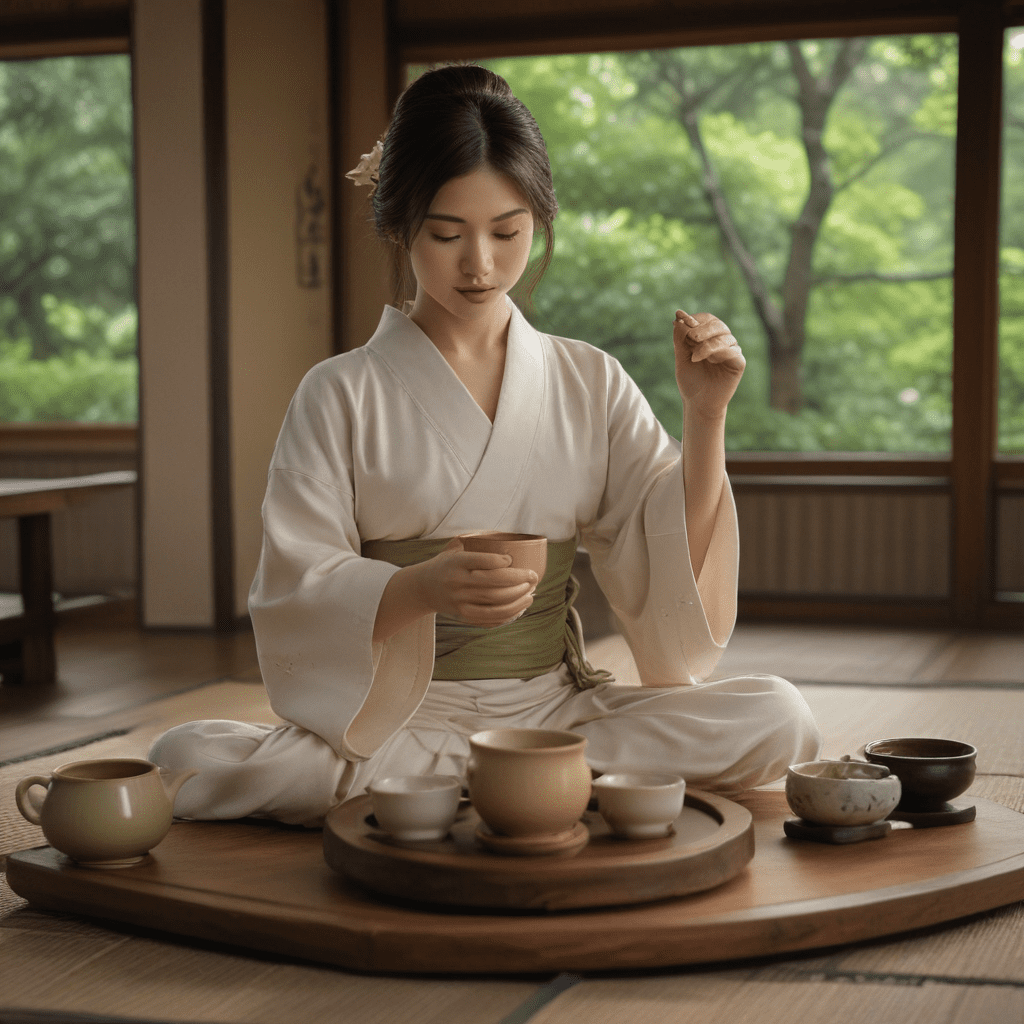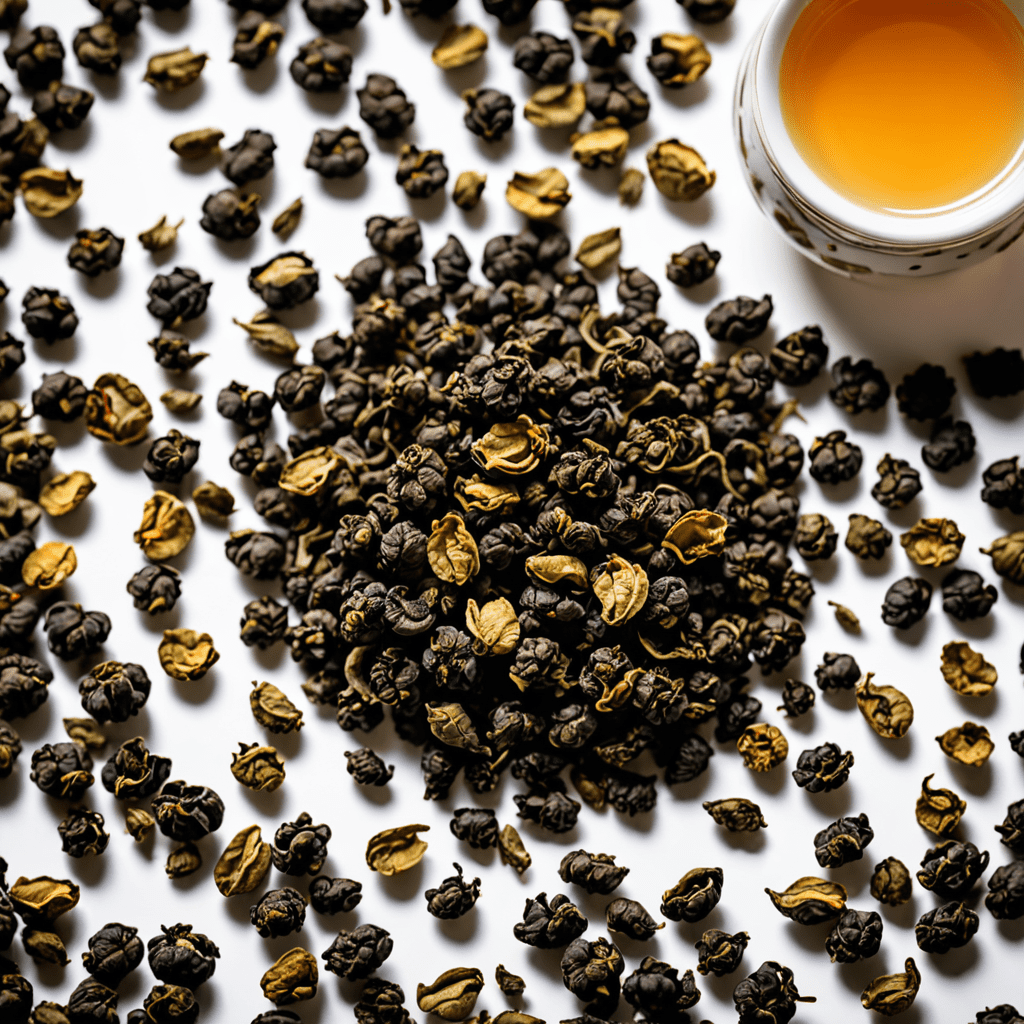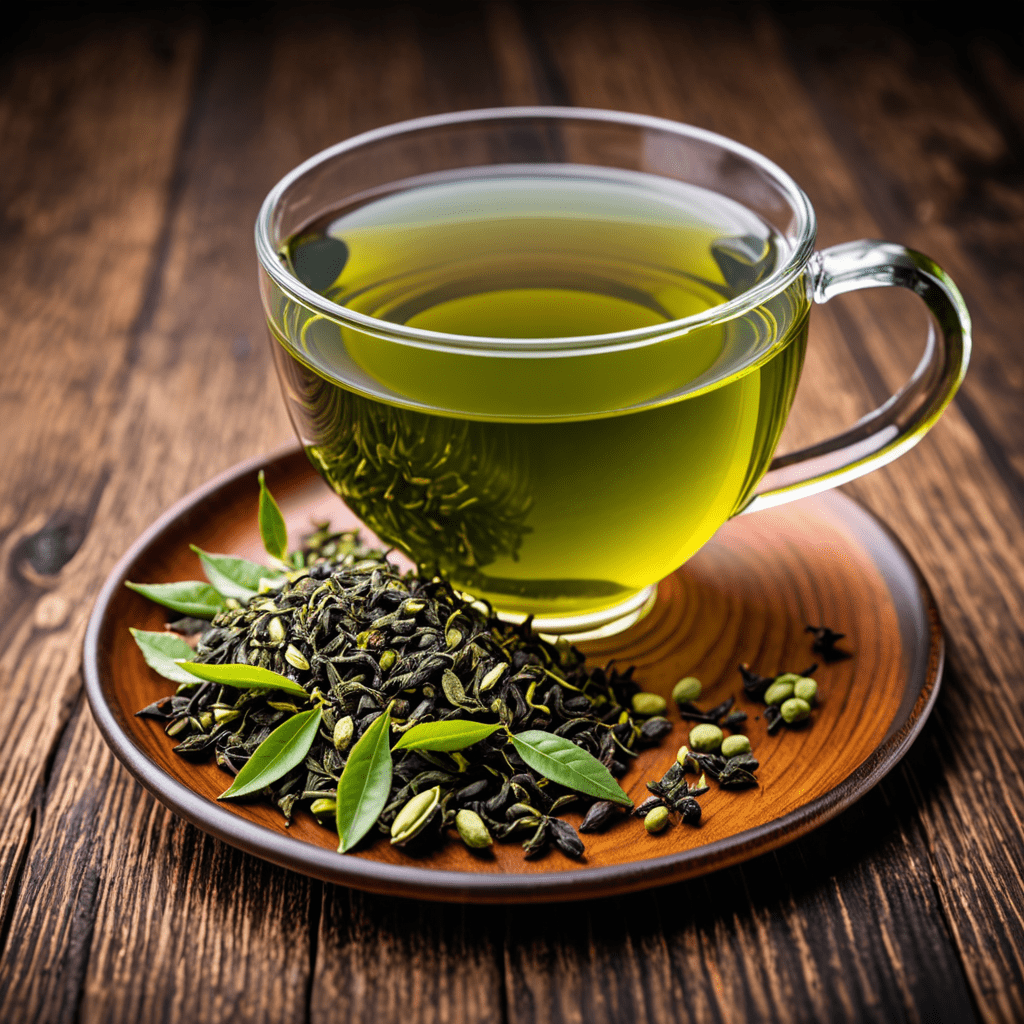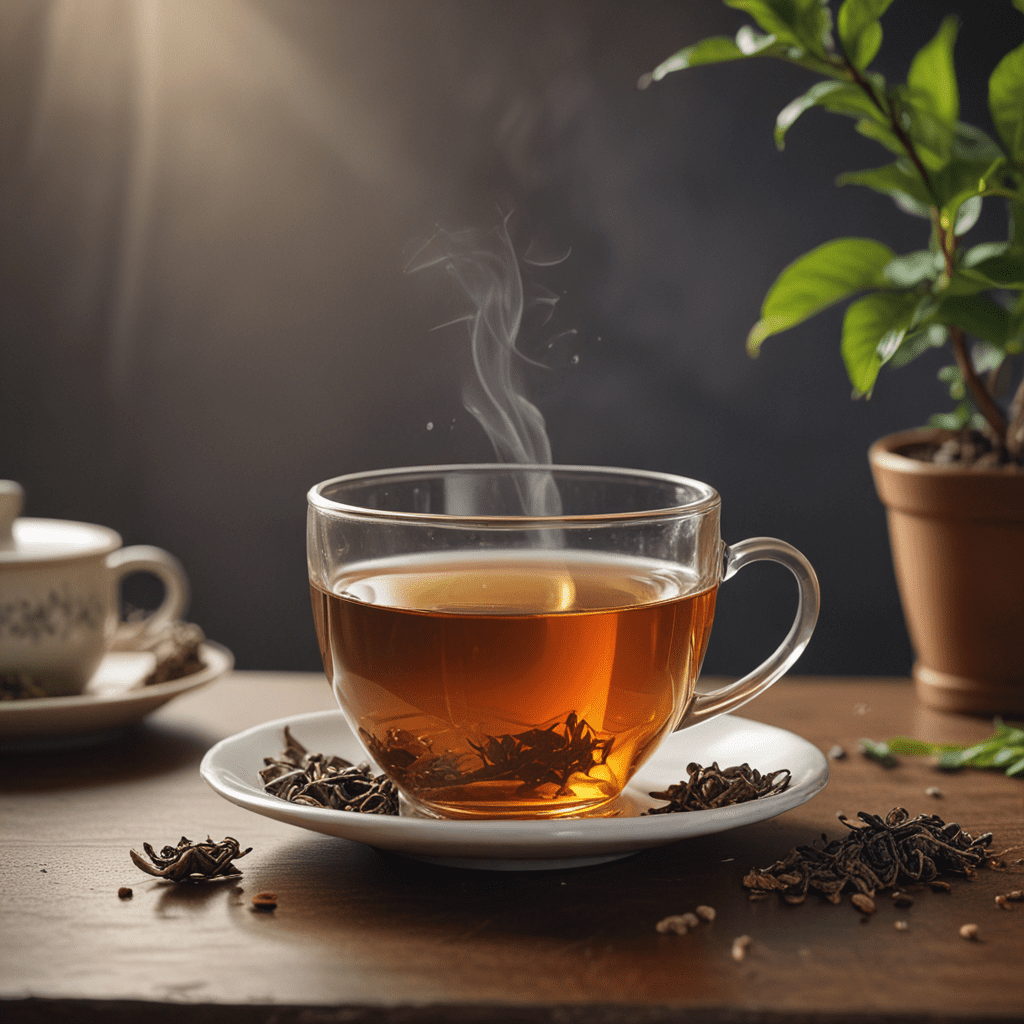The Ritual Dance of Tea: Japanese Tea Ceremony Explained
I. Historical Origins of the Tea Ceremony
The Japanese tea ceremony, also known as chanoyu or chadō, is an ancient ritual that has been practiced in Japan for centuries. Its origins can be traced back to the 9th century, when Buddhist monks brought tea to Japan from China. Tea was initially used for medicinal purposes, but it gradually became a popular beverage and a symbol of refinement and culture.
The tea ceremony was formalized in the 15th century by Sen no Rikyū, a tea master who developed a set of rules and principles for the preparation and serving of tea. Rikyū's teachings emphasized the importance of simplicity, harmony, respect, and purity. The tea ceremony became a way for people to connect with nature, find inner peace, and appreciate the beauty of the present moment.
II. The Tea House and its Significance
The tea ceremony is typically held in a tea house, which is a specially designed building that creates a serene and intimate atmosphere. Tea houses are usually simple and rustic, with natural materials such as wood, bamboo, and paper. The tea house is divided into two main areas: the tearoom, where the tea is prepared and served, and the waiting room, where guests wait before the ceremony begins.
The tearoom is typically small and sparsely furnished, with a tatami mat floor and a tokonoma, a raised alcove where a scroll or flower arrangement is displayed. The waiting room is usually larger and more comfortable, with seating for guests and a view of the garden.
III. The Elements of the Ceremony: Tea, Chawan, Chasen
The tea used in the tea ceremony is a finely ground green tea called matcha. Matcha is made from high-quality tea leaves that are steamed, dried, and ground into a fine powder. The tea is whisked with a bamboo whisk called a chasen in a ceramic bowl called a chawan. The chasen creates a frothy consistency that is the hallmark of the tea ceremony.
The chawan is an important element of the tea ceremony. It is usually made of ceramic and can be decorated with a variety of patterns and designs. The choice of chawan reflects the host's taste and personality.
IV. The Roles of Host and Guest
The tea ceremony is a highly ritualized event with specific roles for the host and guests. The host is responsible for preparing and serving the tea, while the guests are responsible for receiving the tea and drinking it in a respectful and mindful manner.
The host greets the guests at the door of the tea house and leads them to the waiting room. The guests then bow to the host and to each other, and take their seats. The host then enters the tearoom and prepares the tea. When the tea is ready, the host invites the guests into the tearoom.
V. The Four Phases of the Ceremony
The tea ceremony is divided into four phases:
- Purification: The guests wash their hands and mouths at a stone basin in the garden. This purifies them both physically and spiritually.
- Entering the Tearoom: The guests enter the tearoom and bow to the host and to each other. They then take their seats on the tatami mat floor.
- Preparing the Tea: The host prepares the tea in front of the guests. The guests watch the host's movements and appreciate the beauty and precision of his technique.
- Serving the Tea: The host serves the tea to the guests. The guests drink the tea in a mindful and respectful manner, savoring its flavor and aroma.
VI. The Etiquette of the Tea Ceremony
The tea ceremony is a highly ritualized event with specific rules of etiquette. These rules are designed to create a sense of harmony and respect among the participants. Some of the most important rules of etiquette include:
- Punctuality: Guests should arrive on time for the tea ceremony. Being late is considered disrespectful to the host.
- Dress: Guests should dress respectfully for the tea ceremony. Traditional Japanese clothing is preferred, but Western clothing is also acceptable.
- Behavior: Guests should behave respectfully during the tea ceremony. This includes avoiding loud talking, laughing, or fidgeting.
- Silence: There is a great deal of silence during the tea ceremony. Guests should use this time to reflect on the experience and appreciate the beauty of the moment.
- Gratitude: Guests should express their gratitude to the host for preparing and serving the tea. This can be done through words or gestures.
VII. The Symbolic Meaning of the Ceremony
The tea ceremony is a highly symbolic event. Every element of the ceremony has a specific meaning, from the tea itself to the way it is prepared and served.
- Tea: Tea is a symbol of purity and refinement. It is also a reminder of the impermanence of life.
- Chawan: The chawan is a symbol of the host's hospitality. It is also a reminder of the importance of humility.
- Chasen: The chasen is a symbol of the host's skill and technique. It is also a reminder of the importance of patience.
- Purification: The purification ritual at the beginning of the ceremony symbolizes the cleansing of the body and mind.
- Entering the Tearoom: Entering the tearoom symbolizes entering a sacred space.
- Serving the Tea: Serving the tea symbolizes the host's offering of hospitality to the guests.
- Drinking the Tea: Drinking the tea symbolizes the guests' acceptance of the host's hospitality.
VIII. The Cultural Significance of the Tea Ceremony
The tea ceremony is an important part of Japanese culture. It is a way for people to connect with their history, traditions, and values. The tea ceremony is also a way for people to find inner peace and harmony.
The tea ceremony has been practiced in Japan for centuries, and it has had a profound impact on Japanese culture. The tea ceremony has influenced Japanese art, architecture, literature, and music. It has also helped to shape Japanese values such as politeness, respect, and humility.
IX. The Experience of the Tea Ceremony for Participants
The tea ceremony is a unique and unforgettable experience for participants. It is a chance to slow down, relax, and appreciate the beauty of the moment. The tea ceremony can also be a transformative experience, helping participants to find inner peace and harmony.
Many people who have experienced the tea ceremony say that it has changed their lives in a positive way. The tea ceremony has taught them the importance of simplicity, gratitude, and respect. It has also helped them to develop a deeper appreciation for Japanese culture.
X. The Modern-Day Interpretation of the Tea Ceremony
The tea ceremony is still practiced in Japan today, but it has also been adapted to fit the modern world. There are now many different styles of tea ceremony, each with its own unique interpretation of the traditional ritual.
Some modern tea ceremonies are more formal and traditional, while others are more relaxed and informal. There are also many tea ceremonies that are now held in non-traditional settings, such as cafes and restaurants.
The modern-day interpretation of the tea ceremony is a testament to its enduring popularity. The tea ceremony is a timeless ritual that can be enjoyed by people of all ages and backgrounds.
FAQs about the Japanese Tea Ceremony
- What is the purpose of the tea ceremony?
- The tea ceremony is a way for people to connect with their history, traditions, and values. It is also a way for people to find inner peace and harmony.
- Who can participate in the tea ceremony?
- Anyone can participate in the tea ceremony, regardless of their age, background, or religion.
- What should I wear to the tea ceremony?
- Traditional Japanese clothing is preferred, but Western clothing is also acceptable.
- What are the rules of etiquette for the tea ceremony?
- Some of the most important rules of etiquette include punctuality, dress, behavior, silence, and gratitude.
- How long does the tea ceremony last?
- The tea ceremony typically lasts for several hours.



